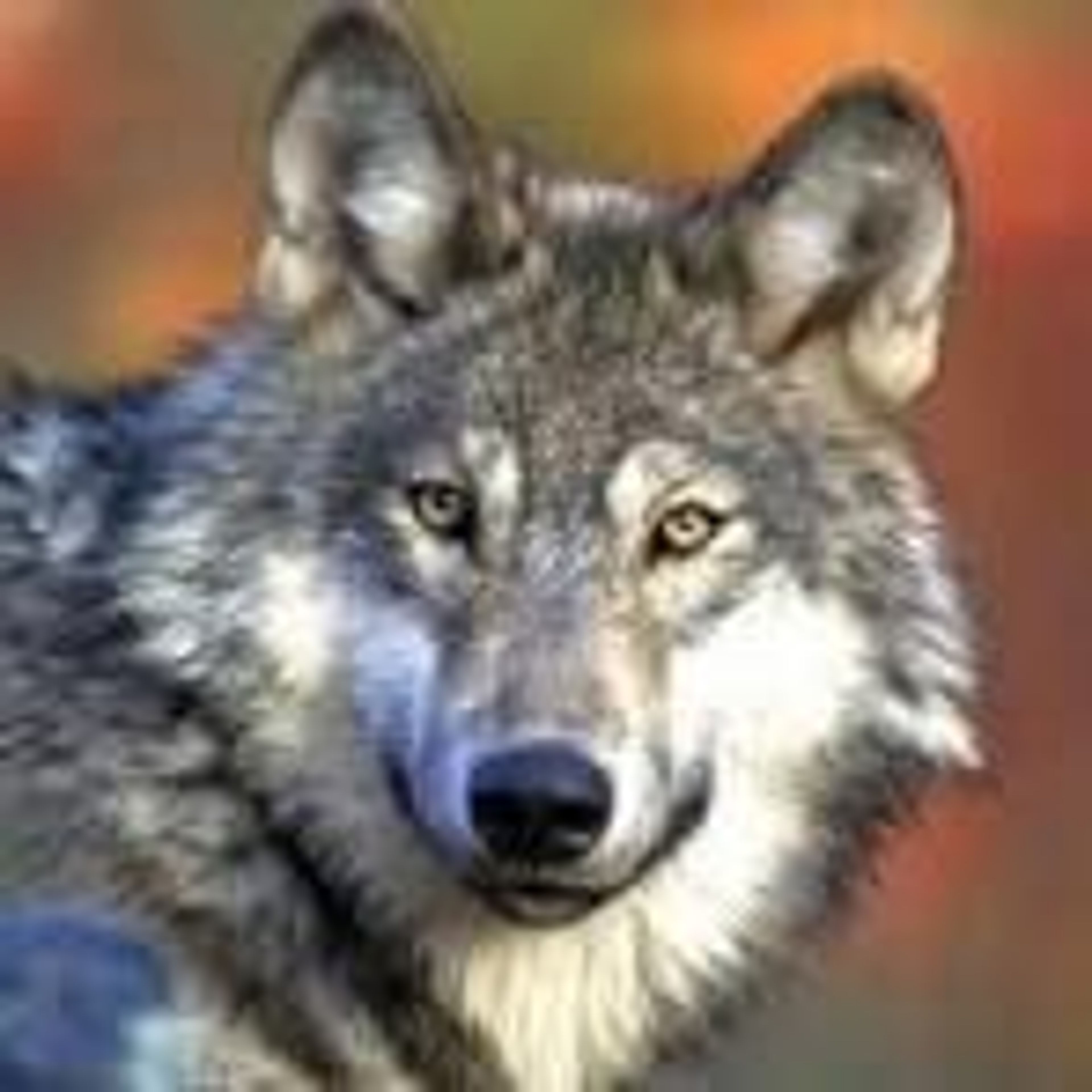Idaho’s grizzly petition rejected by feds
U.S. Fish and Wildlife Service will study delisting populations of grizzlies near Yellowstone and Glacier national parks
Idaho’s audacious bid to strip grizzly bears of Endangered Species Act protection was rejected by the Biden administration Friday.
But its neighbors Montana and Wyoming had better luck. Responding to delisting petitions from all three states, the U.S. Fish and Wildlife Service said bear numbers in the Greater Yellowstone and Northern Continental Divide ecosystems may be strong enough to qualify as distinct populations that can be considered for delisting. The agency will spend the next year collecting data to determine if each of those populations are indeed healthy enough to move from federal to state management.
The service dismissed Idaho’s much more expansive request that grizzly bears across the country be stripped of their threatened and endangered status. The decision came just a day after Idaho Gov. Brad Little threatened to sue the agency for failing to act on the state’s petition, submitted last March, within the required 90 days.
“The response is seven months late, and it took a threat of legal action from the State of Idaho to simply receive a response,” Little said in a prepared statement. “While we continue to evaluate the decision from (the U.S. Fish and Wildlife Service), this is another example of federal overreach and appears to have a disproportionate impact on North Idaho.”
There are about 1,000 grizzlies each in the Greater Yellowstone and Northern Continental Divide ecosystems, which are centered around Yellowstone and Glacier national parks.
Idaho has comparatively few grizzlies. Federal wildlife officials estimate there are about 50 grizzlies in the Selkirk and Cabinet-Yaak areas of far northern Idaho. A small fraction of the bears in the Yellowstone population spend at least part of their time in the mountainous areas of eastern Idaho along the border with Wyoming.
On rare occasions, grizzlies have wandered through central Idaho’s Bitterroot Recovery Zone, but the area, which includes much of Nez Perce-Clearwater National Forest, doesn’t have a resident population. In total, Idaho Fish and Game officials estimate there could be as many as 100 to 200 grizzlies in the state. However, many of them cross back and forth between Idaho and grizzly habitat in Wyoming, Montana and British Columbia.
Members of Idaho’s congressional delegation groused about the decision in a joint news release, saying the state is better poised than the federal government to balance the conservation and management of grizzlies with human activities. At times, they implied the state has a more robust bear population than official estimates indicate.
“Given more and more grizzly bear and human encounters in Idaho, it is abundantly clear our state’s grizzly bear population has recovered,” Sen. Jim Risch said.
“State governments are best equipped to understand the unique ecological and economic factors that impact wildlife populations in their regions,” Rep. Russ Fulcher said. “Their local expertise and knowledge allows us to make informed decisions about species management practices. The decision by the US Fish and Wildlife to ignore this expertise in regards to the grizzly bear is unacceptable and disregards the great progress achieved by Idaho in restoring the grizzly population.”
Grizzlies in the Yellowstone population were delisted briefly in 2007 and 2017. In both cases, successful lawsuits launched by environmental groups led to ESA protections being restored. But Idaho and Wyoming approved limited grizzly bear hunting before the second delisting was overturned. The hunts were canceled.
Conservation groups fear delisting of bears in the Yellowstone and Northern Continental Divide ecosystems could lead to future hunts and other actions that would threaten grizzly bear recovery.
“It’s disheartening that the federal government may strip protections from these treasured animals to appease trophy hunters and the livestock industry,” said Andrea Zaccardi, of the Center for Biological Diversity, in a news release. “After approving the all-out slaughter of wolves, Montana officials have proven they can’t be trusted to make science-based wildlife decisions. Our nation’s beloved grizzlies deserve better.”
Barker may be contacted at ebarker@lmtribune.com or at (208) 848-2273. Follow him on Twitter @ezebarker.








